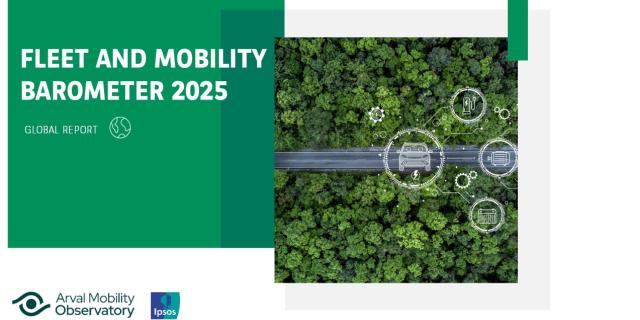It is important for anyone responsible for running a fleet to be aware of the best financing solution for their company and fleet. You should question and consider wether you are funding your vehicles in the most effectice way.
Do you compare funding over the contract period on a net present value (NPV) basis?
Are you running vehicles over an optimum period of months given vehicle type, usage and the anticipated mileage?
How important is predictability of costs to your business - used vehicle prices and running costs move with market forces, whereas operating lease passes the risk to the lessor.
Finance Leasing, is a solution whereby the Lessee has use of a vehicle over a contracted period of time and mileage, which can be extended virtually indefinitely by entering into a peppercorn rental. The Lessor, who purchases the vehicle, retains ownership and generally sells the vehicle at the end of the contract. The lease does not include any option to purchase, as this would alter the accounting structure of the arrangement.
The lessee accepts the risk and rewards of ownership, with regards to service, maintenance and repair, plus residual values (RV). Any RV profits are rebated to the lessee at an agreed percentage (%) and the lessee is responsible for any RV loss.
Operating Lease, is a solution that is often referred to as Full Service Leasing where the Lessor provides a number of additional services such as Maintenance, Tyres, Roadside Assistance, Accident Management etc.
The lessee has use of a vehicle over a pre-determined contracted period of time and mileage. The Lessor purchases the vehicle, retains ownership of the vehicle and sells the vehicle at the end of the contract. The lease cannot include an option to purchase. The lessor accepts the risks and rewards of ownership, particularly with regards to fluctuations in SMR costs (if full maintenance is selected) and residual values. The lessee pays the lessor a fixed monthly rental for the use of the vehicle. The rental is calculated to cover the cost of depreciation, funding, and a contribution towards the lessor’s overheads and profit.
Outright Purchase, is a solution whereby the user purchases a vehicle using company funds and / or credit lines. The company retains any profit where the ultimate residual value is higher than initial expectations or where running costs, such as SMR, are lower. And the company has flexibility over when it chooses to dispose of the vehicle and isn’t committed to any contractual terms.
The company will need to consider whether the Bank overdraft, loan facilities or cash resources used to finance the fleet, could be better deployed elsewhere in the business, where it could be expected to produce a greater financial return. Where a company has to borrow money to fund its vehicles this could reduce its available credit.
The company will need to ensure they have the in-house expertise as the purchase and disposal of vehicles, especially commercial vehicles, requires a certain level of knowledge and resource that many companies may not possess.
Self Purchase: This is the oldest and most known financing method: a company in need of a vehicle for its business buys directly from a car dealer. The vehicle must be registered as an asset, in which case it is amortized on 4 or 5 years.













